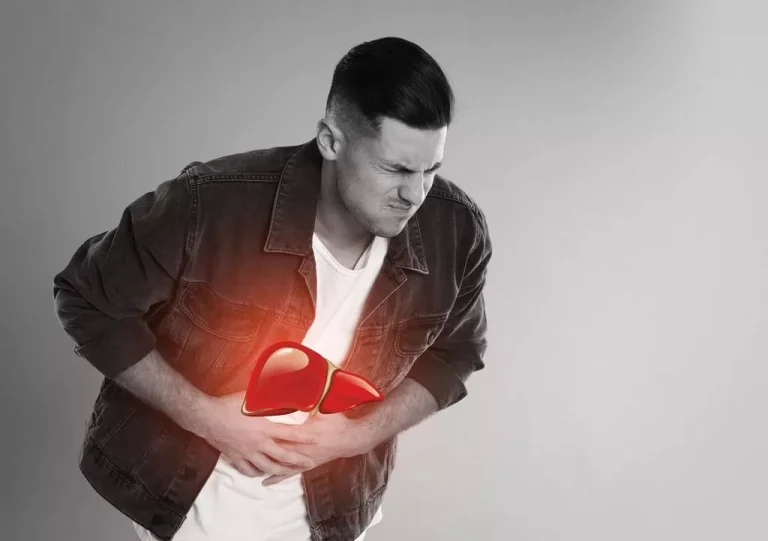Sam Altman discusses life-changing psychedelics experience

Brief History For centuries, psychedelics have been valued by various cultures for their healing properties and for use in religious rituals. Not until the early 20th century did psychedelic compounds first become recognized, studied, and synthesized by Western chemists. Substances such as psilocybin and LSD showed promise in their therapeutic effects to treat mental health disorders.

Which psychedelic drugs are legal?

For a long time, it was assumed that PI hydrolysis signaling was most relevant for the action of psychedelics, but this hypothesis has certain problems. To begin with, LSD has very low efficacy in activating PI turnover (Sanders-Bush et al., 1988; Egan et al., 1998). In addition, Rabin et al. (2002) noted a lack of correlation between the behavioral potency in drug substitution in rats trained to discriminate LSD or DOM from saline, and efficacy in stimulating PI hydrolysis. They concluded that 5-HT2A–mediated stimulation of PI hydrolysis did not appear to be the critical signaling mechanism involved in the discriminative stimulus effects of hallucinogens.
Side effects of psychedelic drugs
Initially, Journey plans to partner with firms conducting clinical trials on MDMA and psilocybin, utilizing the All Points North rehab center near Vail, Colorado as a testing ground. Reflecting on early MDMA studies, he said, “I remember looking at it thinking, like, ‘That can’t be real, it’s too good.’” Despite the uncertainty around how psychedelic medicine will evolve economically, Altman hopes Journey Colab’s approach will shape a model that is both effective and safe. While Altman did not specify which psychedelics he used, he did mention that the Mexico retreat was particularly significant. “If you had told me that, like, one weekend-long retreat in Mexico was going to significantly change that, I would have said absolutely not. And it really did,” Altman remarked, highlighting the unexpected impact the experience had on his mental state.

Can hallucinogens be used as medicines?

Both the 5-HT2A and 5-HT1A receptors can mediate vasoconstriction, and negative BOLD signals may occur in the presence of increased neuronal signaling (Angenstein et al., 2009). Kometer et al. (2012) reported that psilocybin enhanced positive mood and attenuated recognition of negative facial expression. Psilocybin also increased goal-directed behavior toward positive compared with negative cues, facilitated positive but inhibited negative sequential emotional effects, and valence-dependently attenuated the P300 component.

RSK2−/− fibroblasts expressing WT RSK, but not kinase-dead RSK2 (K451A) had attenuated agonist-mediated 5-HT2A signaling levels comparable to RSK2+/+ fibroblasts, indicating that RSK2 kinase activity was required to regulate 5-HT2A receptor signaling. These data supported the conclusion are psychedelics addictive that activated and purified RSK2 phosphorylates the 5-HT2A receptor in vitro. Both LSD (0.025 mg/kg, i.p.) and DOB (0.25 and 0.5 mg/kg, i.p.) induced significant shaking behavior, with LSD being about 10-fold more potent than DOB, although the maximal effect of LSD was much lower.
- They observed an unusual progressive displacement of the PET ligand that only reached a maximum 240 minutes after LSD administration.
- They reported that head bobs were mediated by 5-HT2A receptor activation, whereas body shakes were mediated by activity at the 5-HT2C receptor.
- Therefore, a low dose of psilocybin was compared with a high dose of psilocybin and participants and guides were given instructions that obscured the range of possible drug conditions to be tested.
- At lower doses, PCP can cause feelings of detachment from a person’s surroundings and self, slurred speech, and loss of coordination.
Medical benefits
- As far as we know, animals administered a psychedelic do not “hallucinate” or have the same sorts of sensory and cognitive effects that occur in humans.
- Keller and Umbreit (1956) administered LSD intravenously to mice and reported “…a rapid and violent head shaking” that did not occur in normal mice.
- The authors speculate that “This time course seems consistent with the prolonged psychoactive action of LSD in humans.” Optimal receptor occupancy might be expected fairly quickly after intravenous LSD administration, however, not 4 hours later.
- To study the role of 5-HT2 receptors in the response, they carried out experiments in which they administered either intrathecal DOI or a 5-HT2A antagonist.
- Direct infusion of M into the mPFC also blocked increased extracellular dopamine produced by systemically administered DOI.
A recent fMRI study, however, reported an overall decrease of brain activity in the medial frontal cortex after intravenous administration of psilocybin (Carhart-Harris et al., 2012). Notably, the reported decrease correlates with a suppression of the DMN (Buckner et al., 2008). Subjective observations support what might be described as a loosening of the “sense of self,” or a loss of ego structure, with feelings of unity and oneness with others and the world (Dittrich, 1998; Griffiths et al., 2006).
Tolerance and Addiction
- Administering DOI ameliorates this defect through a pathway that involves VEGF, which regulates opening of endothelial fenestrae, improving microcirculation and enabling normal regenerative response after liver injury.
- Although much more has been discussed earlier about the role of glutamate in the actions of psychedelics, it is known that glutamate systems are also important in the mouse HTR.
- Halberstadt and Geyer (2011) reviewed the evidence and concluded that the 5-HT1A receptor can play an important role in the behavioral effects of tryptamine-type psychedelics.
- Dendrites commonly showed 5-HT2A receptor immunoreactivity colocalized with tyrosine hydroxylase.
- Psychedelics are gaining an immense amount of attention as a medical modality, and its cultural landscape will surely evolve as well by attracting widespread community interest from patients and consumers to investors and regulators, alike.
